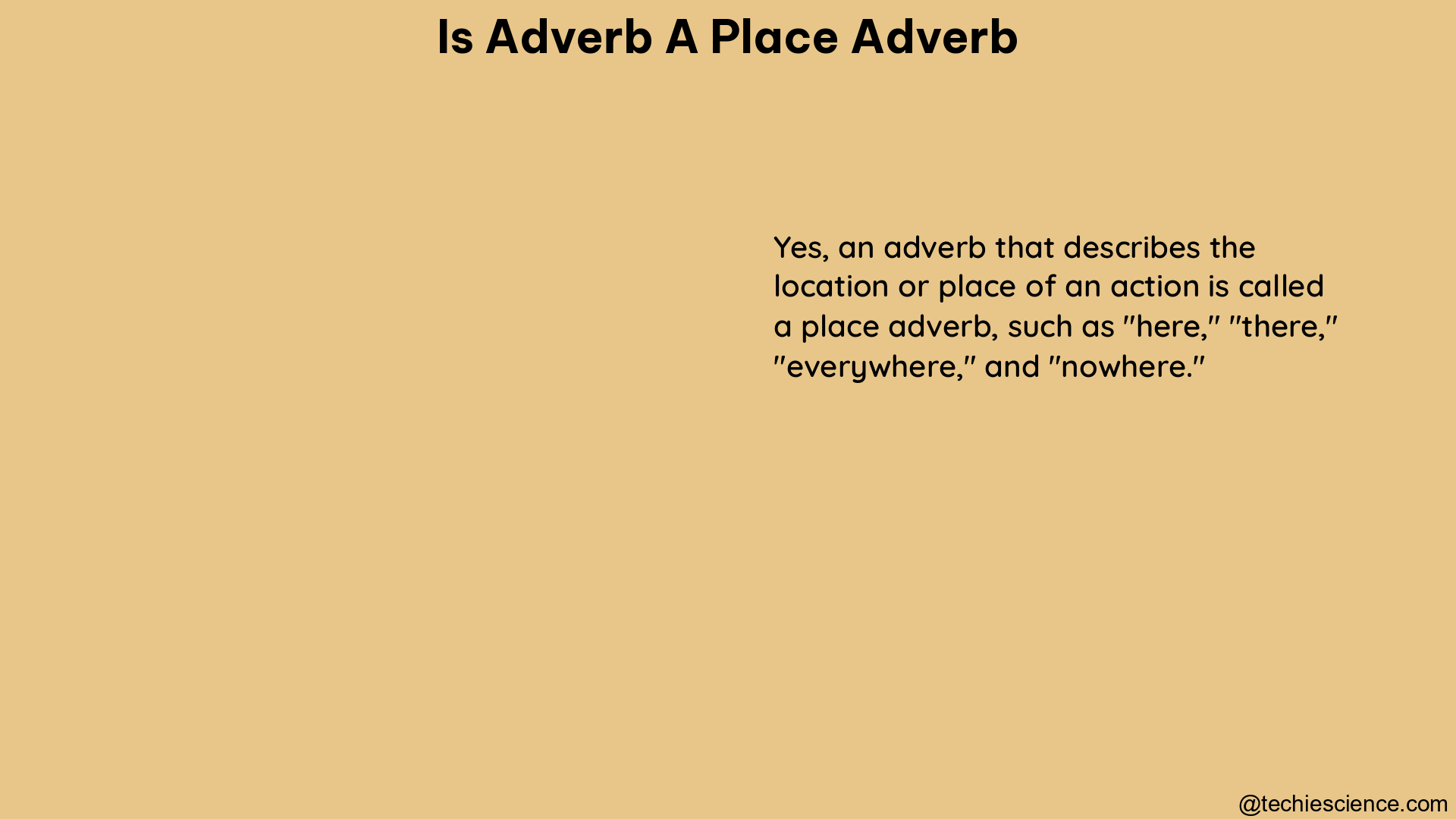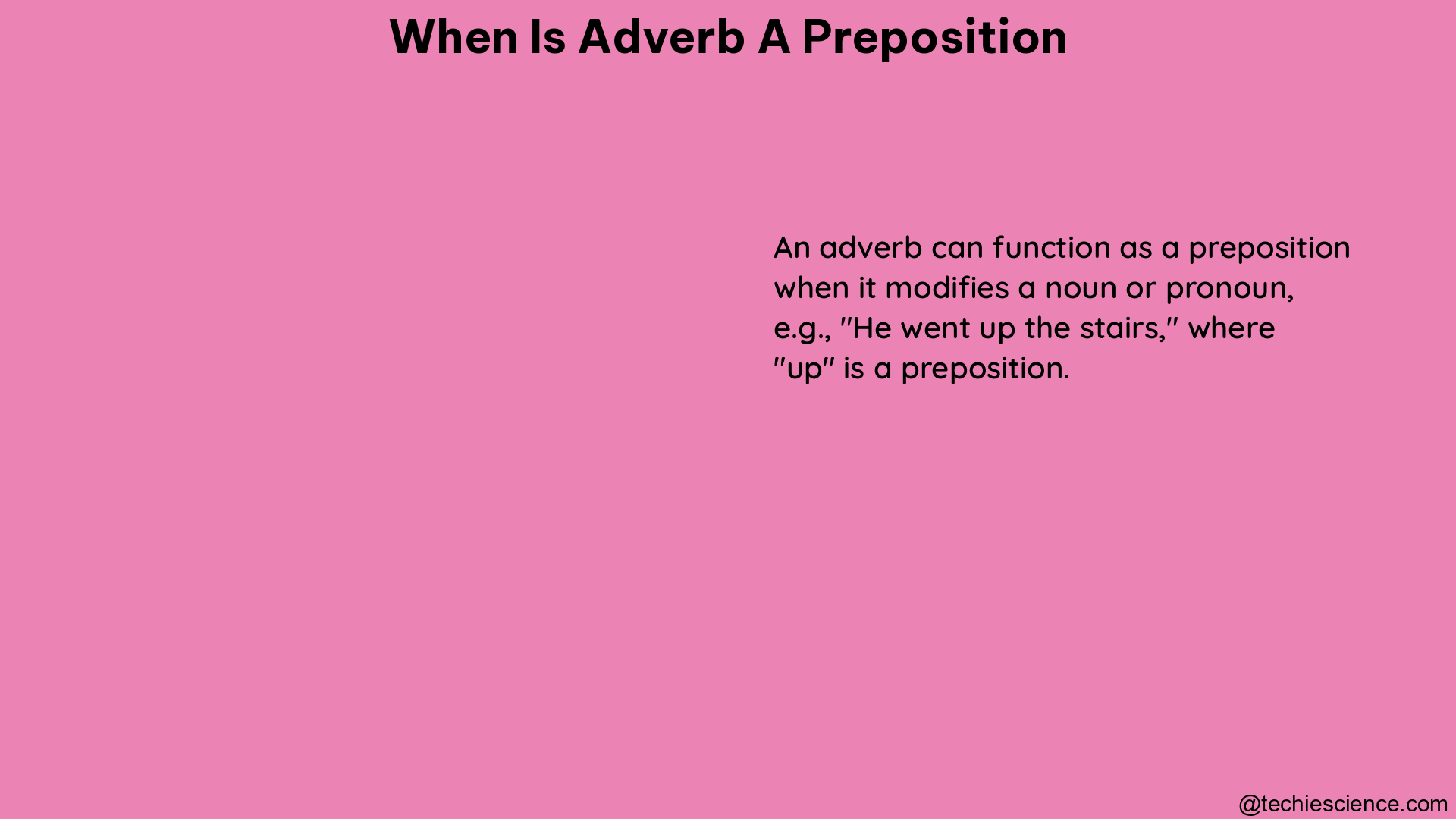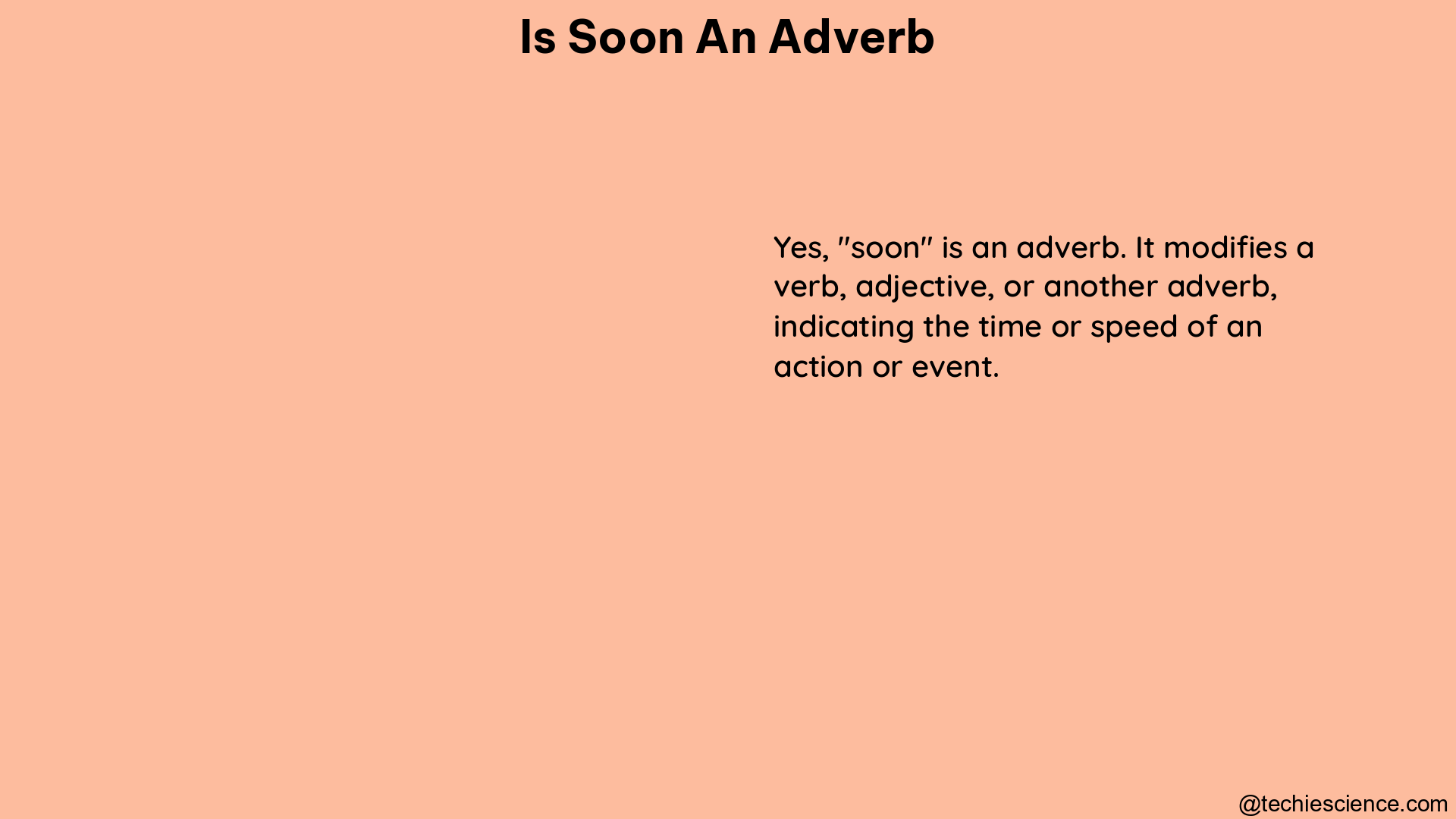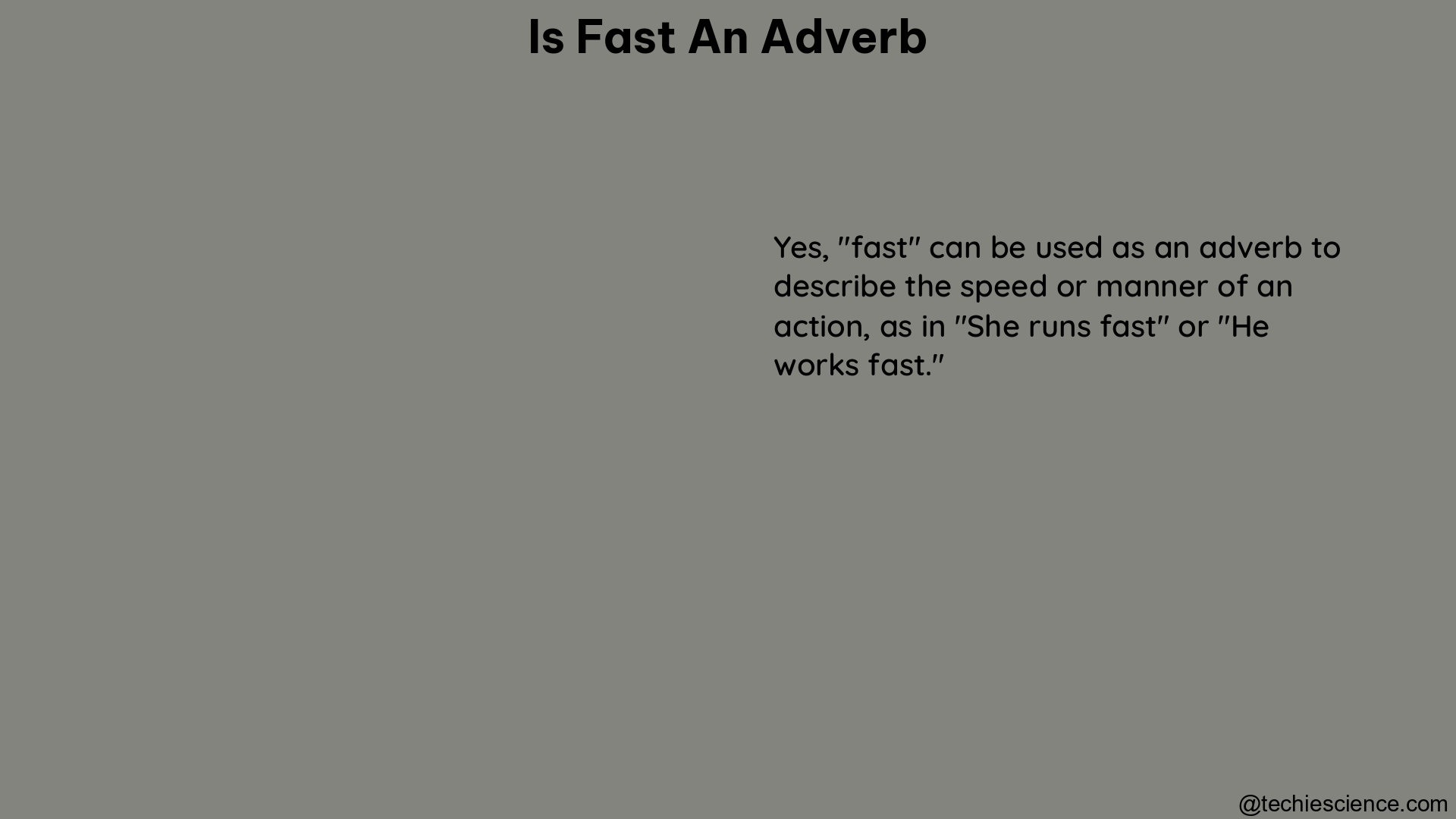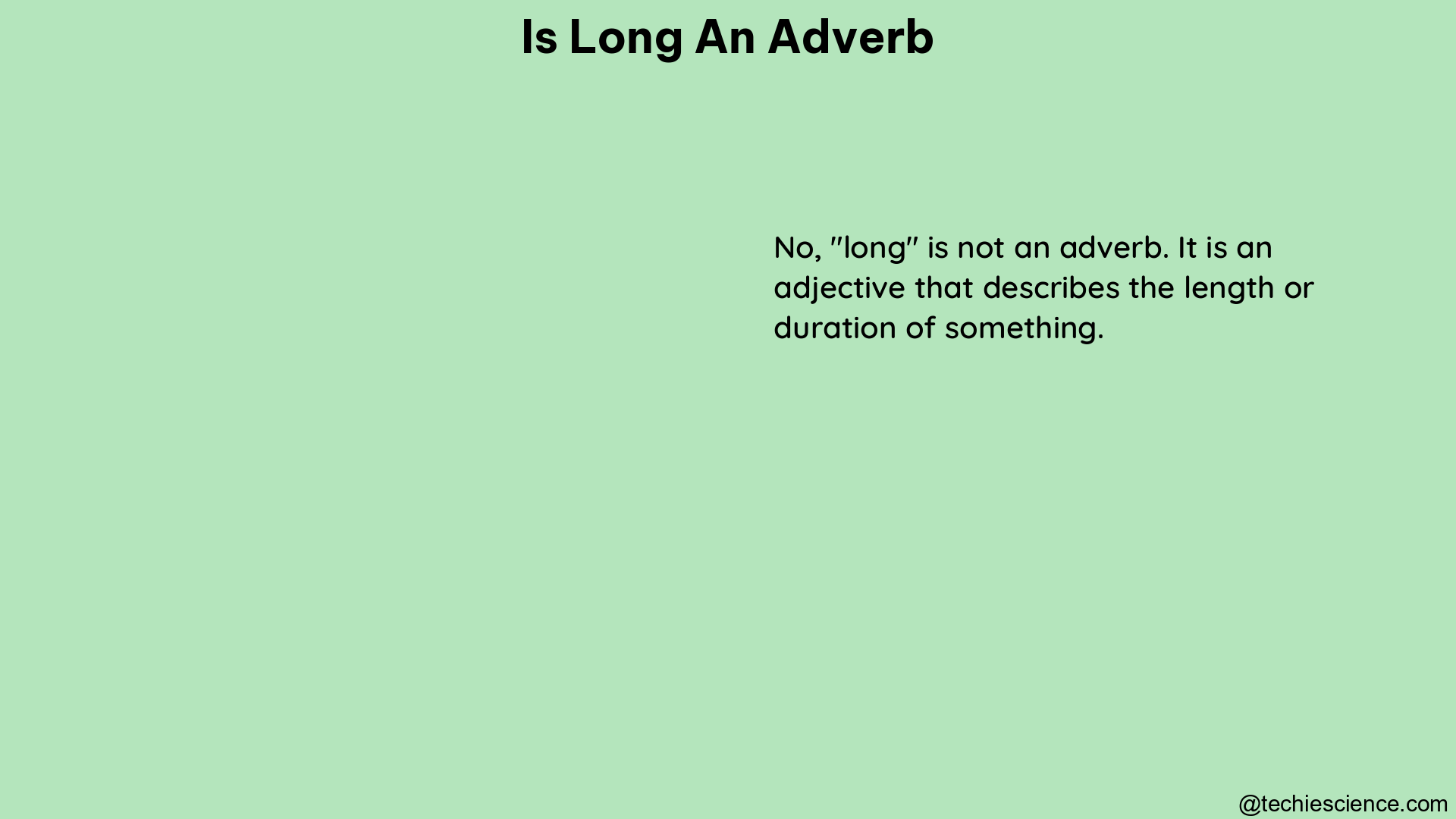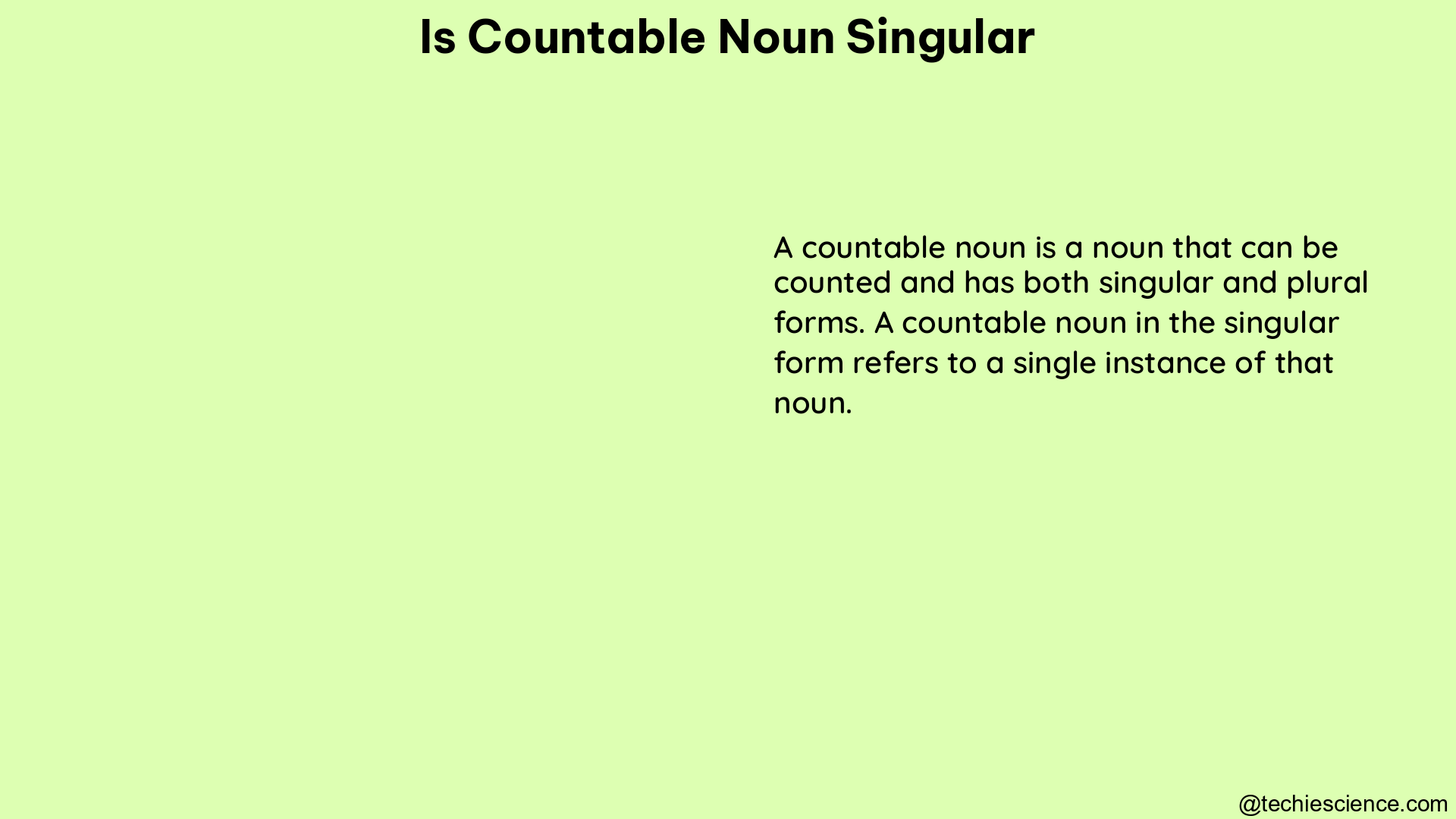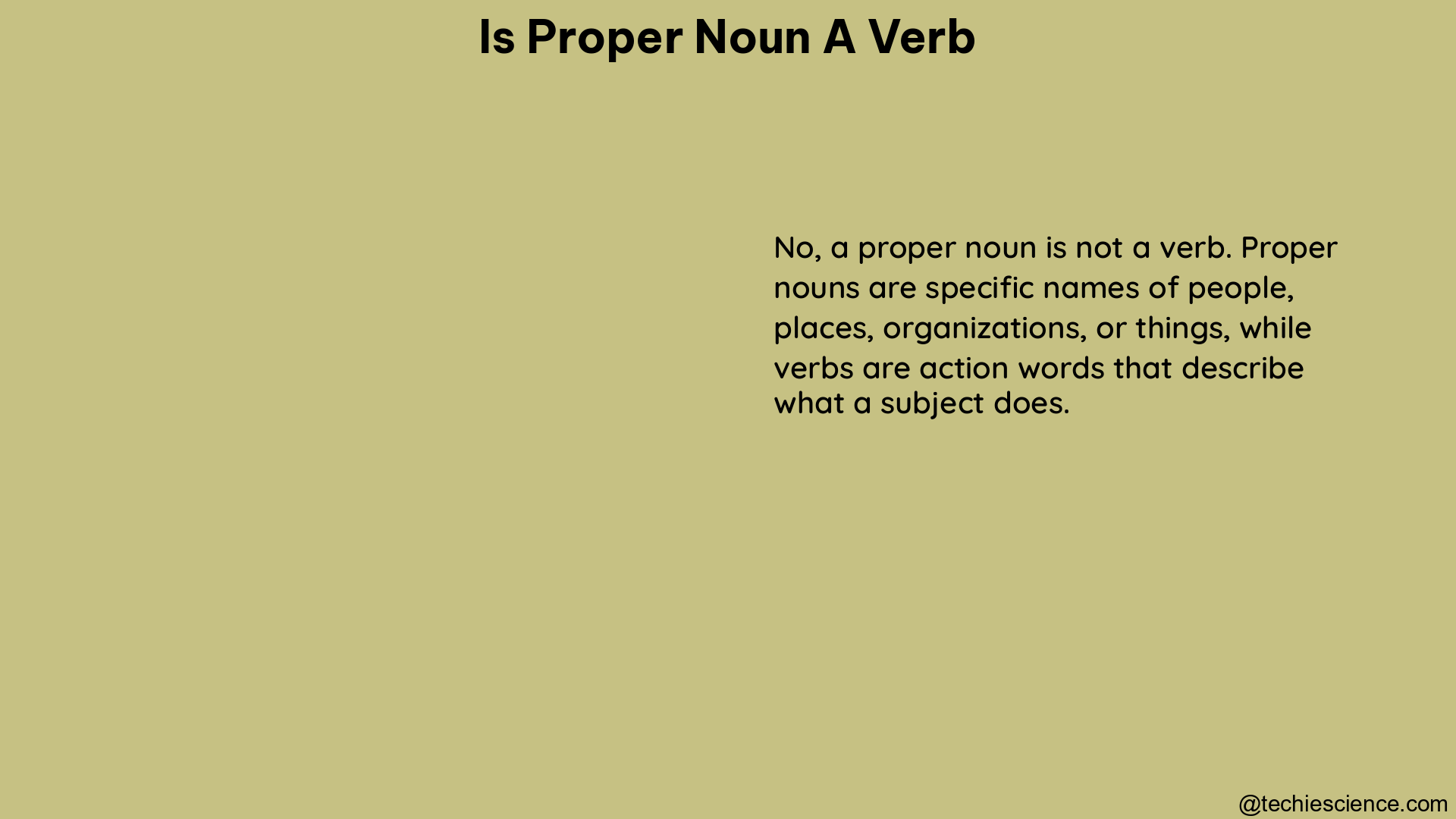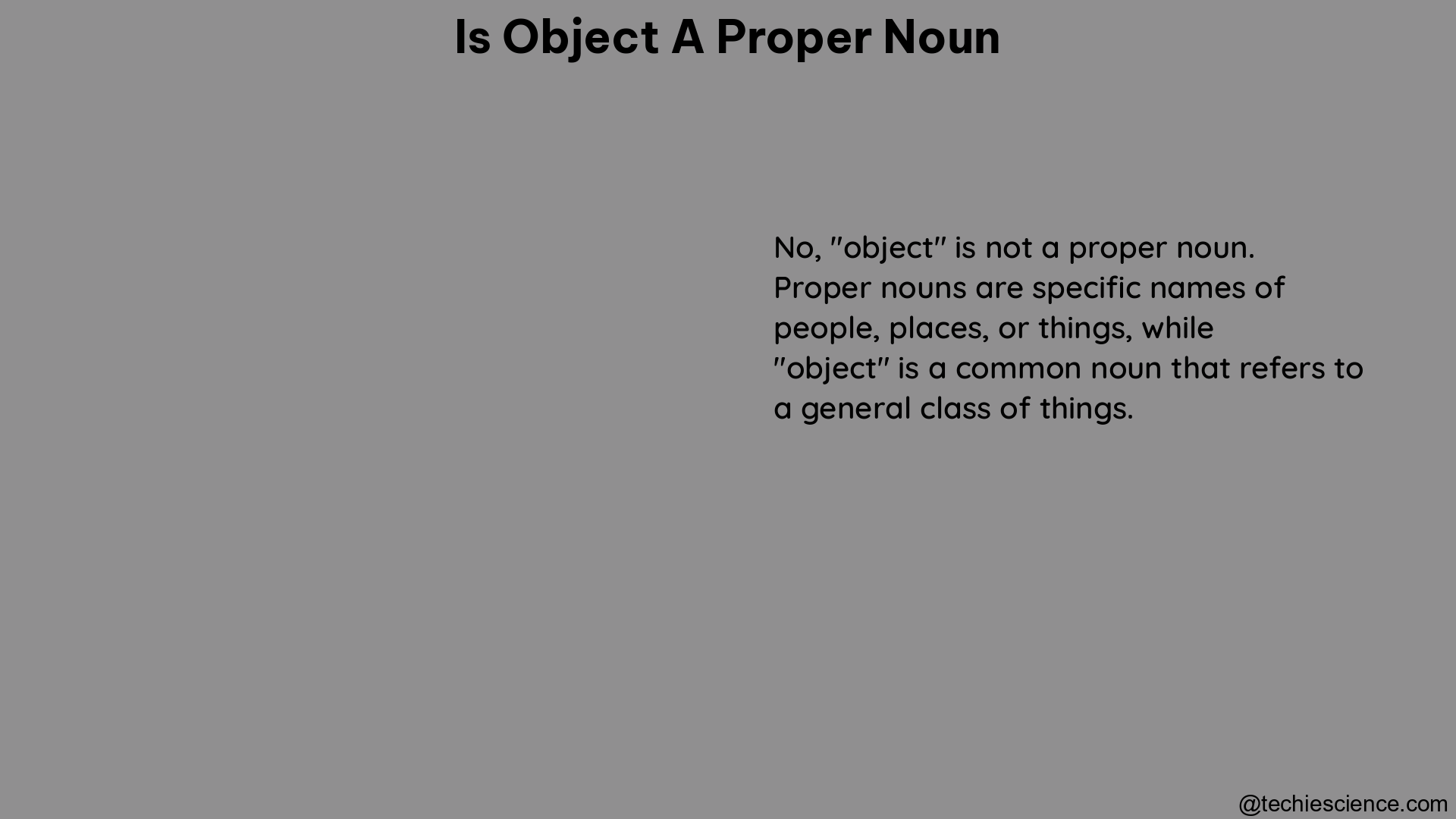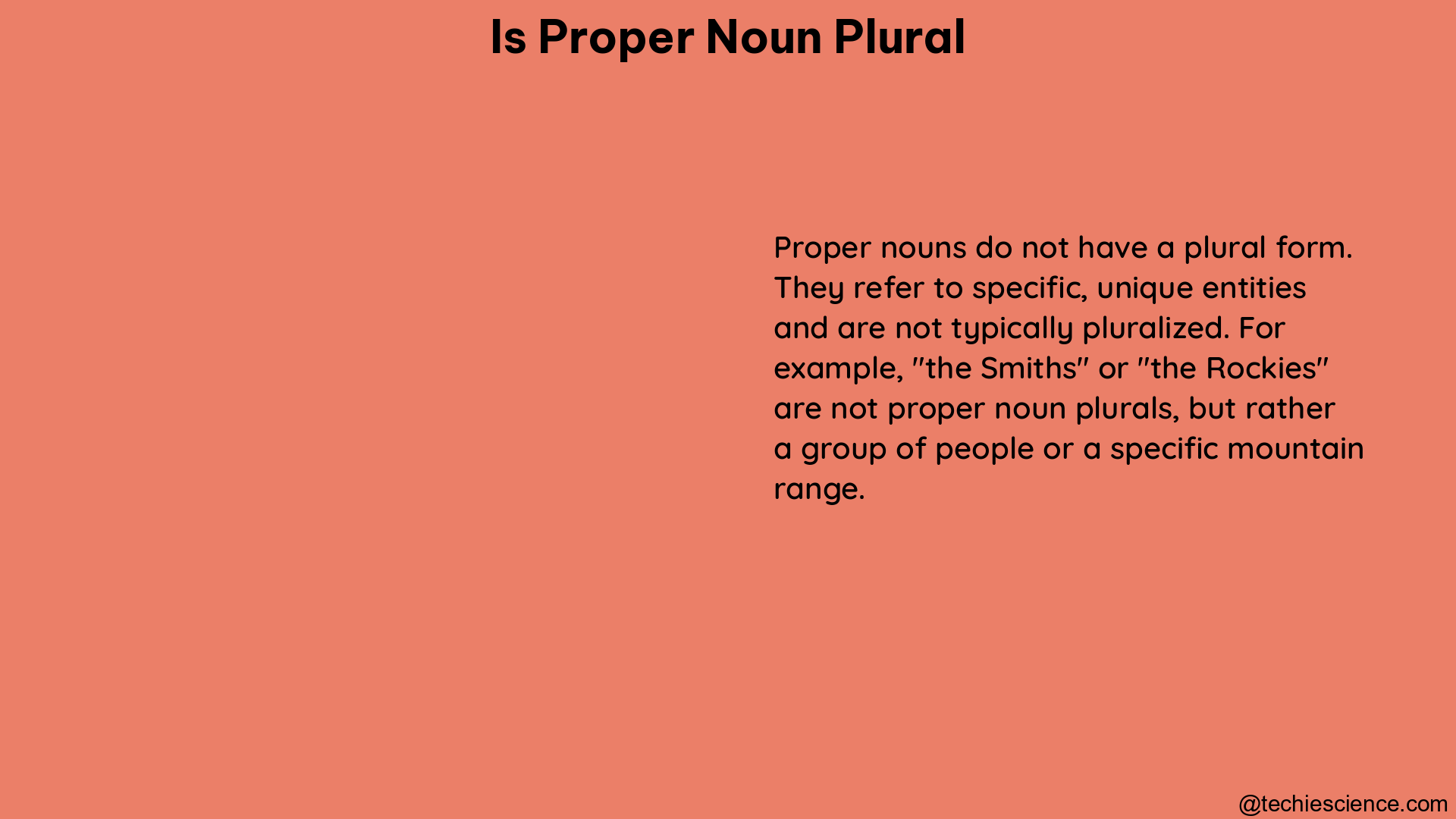An adverb can be considered a conjunction when it functions as a conjunctive adverb, which is a type of adverb that connects two independent clauses or sentences. These adverbs provide additional information about the action described in a sentence, often indicating relationships such as cause and effect, contrast, comparison, sequence, time, emphasis, summary, or illustration.
Key Characteristics of Conjunctive Adverbs
1. Connect Independent Clauses
Conjunctive adverbs link two independent clauses to form a compound sentence. They are typically used after a semicolon and followed by a comma.
2. Provide Additional Information
These adverbs elaborate on the action described in a sentence, adding nuance and detail to the meaning.
3. Express Relationships
Conjunctive adverbs express various relationships between clauses, such as cause and effect, contrast, comparison, sequence, time, emphasis, summary, or illustration.
Examples of Conjunctive Adverbs
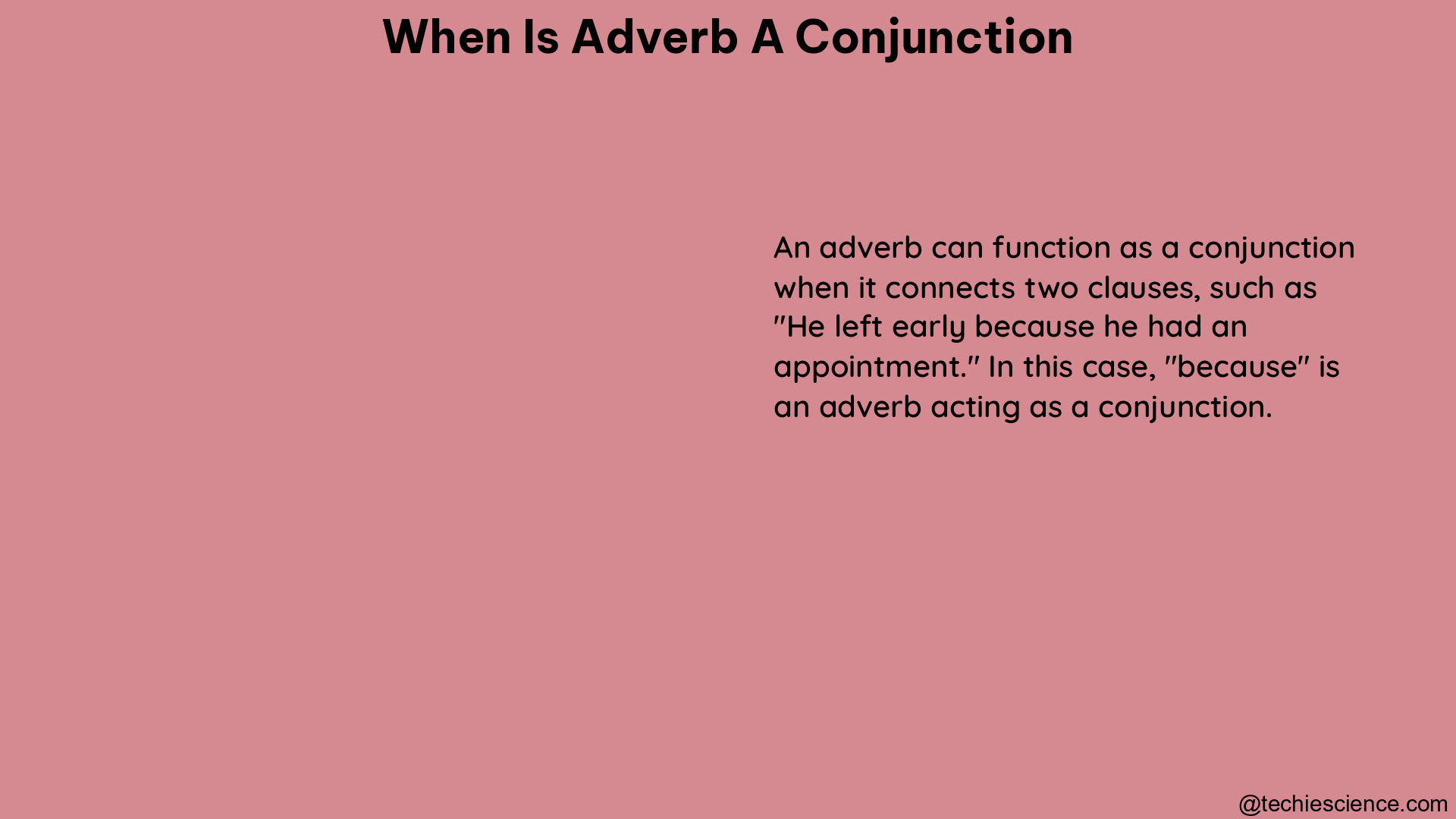
1. Therefore
Used to introduce a conclusion or result that follows from the information given.
– “The weather was cold; therefore, I decided to stay indoors.”
2. However
Used to indicate a contrast or exception.
– “She invited me to a party; however, I still had a lot of work to do.”
3. Consequently
Used to show a consequence or result.
– “Sheena arranged her living room; consequently, she felt relieved and accomplished.”
Rules for Using Conjunctive Adverbs
1. Punctuation
Use a semicolon before the conjunctive adverb when connecting two independent clauses, and a comma after the adverb.
2. Placement
Conjunctive adverbs can be placed at the beginning of a sentence, in which case they are followed by a comma. They can also interrupt a sentence, in which case they are surrounded by commas.
3. Function
Conjunctive adverbs cannot grammatically link clauses on their own; they require supporting punctuation.
Common Conjunctive Adverbs
| Category |
Examples |
| Addition |
Additionally, also, besides, further, furthermore |
| Contrast |
However, on the other hand, conversely, contrarily |
| Cause and Effect |
Consequently, as a result, therefore |
| Time |
Meanwhile, next, finally, subsequently |
| Emphasis |
Indeed, certainly, undoubtedly |
Detailed Explanation of Conjunctive Adverbs
Connecting Independent Clauses
Conjunctive adverbs are used to connect two independent clauses, which are complete sentences that can stand on their own. These adverbs help to establish a logical relationship between the two clauses, making the connection more explicit.
For example:
– “The team played well; consequently, they won the game.”
In this sentence, the conjunctive adverb “consequently” indicates that the team’s victory was a result of their good performance.
Providing Additional Information
Conjunctive adverbs add nuance and detail to the meaning of a sentence by elaborating on the action or relationship between the clauses. They help to clarify the connection and provide a deeper understanding of the context.
For instance:
– “The weather was cold; therefore, I decided to stay indoors.”
The conjunctive adverb “therefore” suggests that the decision to stay indoors was a logical consequence of the cold weather.
Expressing Relationships
Conjunctive adverbs are used to express various types of relationships between the clauses, such as:
- Cause and Effect: “The team practiced hard; as a result, they won the championship.”
- Contrast: “The movie was entertaining; however, the ending was disappointing.”
- Comparison: “The new product is more efficient; furthermore, it is more affordable.”
- Sequence: “First, we will discuss the problem; next, we will propose a solution.”
- Time: “The meeting was scheduled for 2 pm; meanwhile, the team prepared the presentation.”
- Emphasis: “The report was well-written; indeed, it received high praise from the committee.”
- Summary: “The project was a success; in summary, it met all of the client’s requirements.”
- Illustration: “The team had several strengths; for example, they were skilled in problem-solving and communication.”
By using conjunctive adverbs, writers can effectively convey the relationships between ideas and guide the reader through the logical flow of the text.
Placement and Punctuation of Conjunctive Adverbs
Placement
Conjunctive adverbs can be placed in different positions within a sentence, depending on the desired emphasis and flow of the information.
- Beginning of the Sentence:
- “However, the team struggled to score in the second half.”
-
“Therefore, I decided to postpone the meeting.”
-
Middle of the Sentence:
- “The team, however, struggled to score in the second half.”
-
“I, therefore, decided to postpone the meeting.”
-
End of the Sentence:
- “The team struggled to score in the second half, however.”
- “I decided to postpone the meeting, therefore.”
Punctuation
The proper use of punctuation is crucial when employing conjunctive adverbs.
- Semicolon and Comma:
-
When connecting two independent clauses, use a semicolon before the conjunctive adverb and a comma after it.
- “The weather was cold; therefore, I decided to stay indoors.”
-
Comma:
- If the conjunctive adverb is placed at the beginning of a sentence, it should be followed by a comma.
- “However, the team struggled to score in the second half.”
- If the conjunctive adverb interrupts a sentence, it should be surrounded by commas.
- “The team, however, struggled to score in the second half.”
Adhering to these punctuation rules ensures that the conjunctive adverb is properly integrated into the sentence structure and effectively conveys the intended relationship between the clauses.
Conclusion
In summary, an adverb can function as a conjunction when it is used as a conjunctive adverb. These adverbs connect independent clauses, provide additional information, and express various relationships between the clauses, such as cause and effect, contrast, comparison, sequence, time, emphasis, summary, and illustration. Understanding the characteristics, examples, rules, and common conjunctive adverbs is crucial for effectively using these linguistic tools in written communication.
References
- LillyPad.ai. (n.d.). Adverbial Conjunctions | Usage, Examples & Exercises. Retrieved from https://blog.lillypad.ai/grammar/conjunctions/types/adverbial-conjunctions/
- UW-Madison Writing Center. (n.d.). Using Conjunctive Adverbs. Retrieved from https://writing.wisc.edu/handbook/conjadv/
- Grammarly. (2023, April 19). How to Use Conjunctive Adverbs. Retrieved from https://www.grammarly.com/blog/conjunctive-adverbs/
- California State University, Long Beach. (2010). Conjunctive Adverbs. Retrieved from https://www.cla.csulb.edu/departments/english/docs/ConjunctiveAdverbs.pdf
- Ginger Software. (n.d.). Conjunctive Adverbs – Grammar Rules. Retrieved from https://www.gingersoftware.com/content/grammar-rules/conjunctions/conjunctive-adverbs
